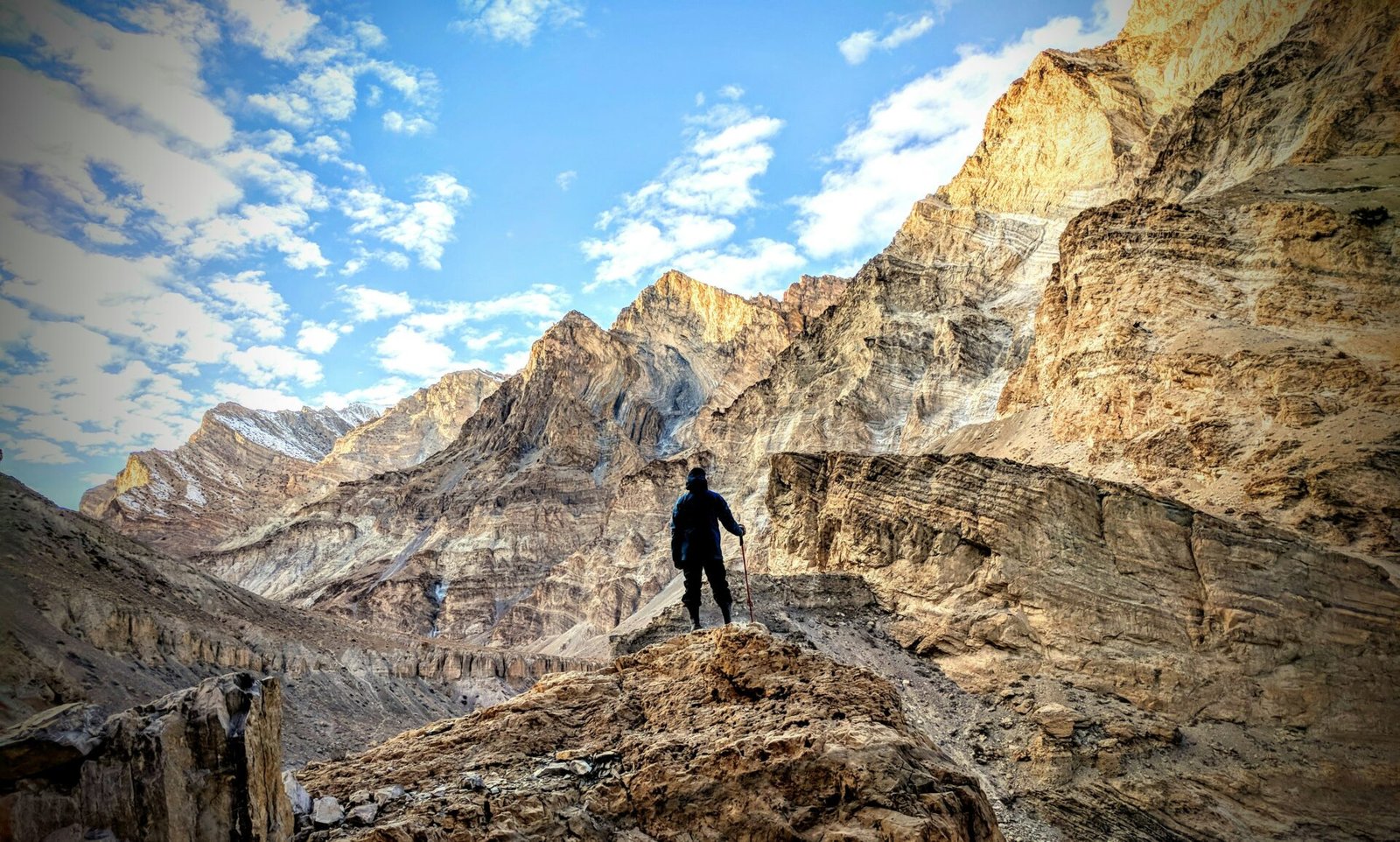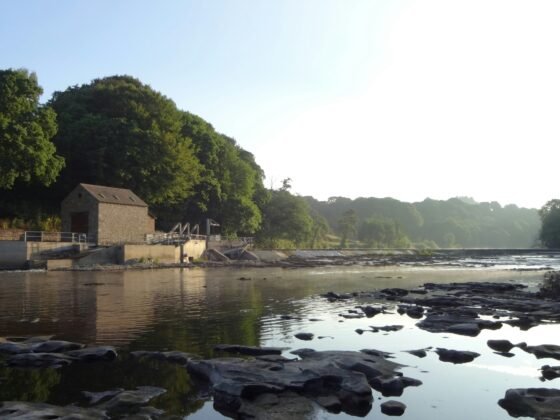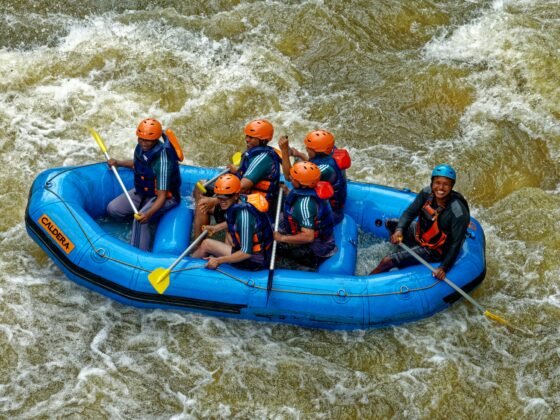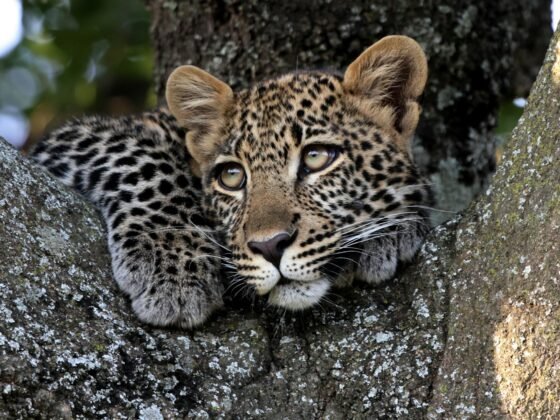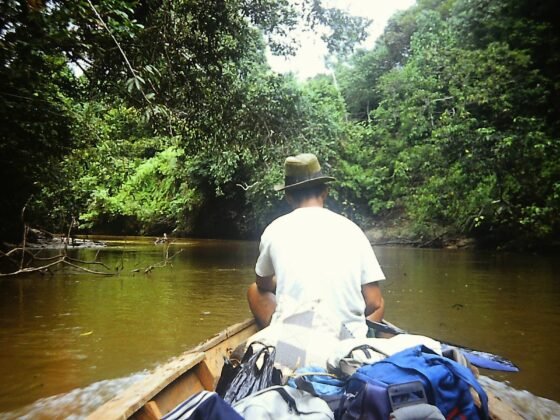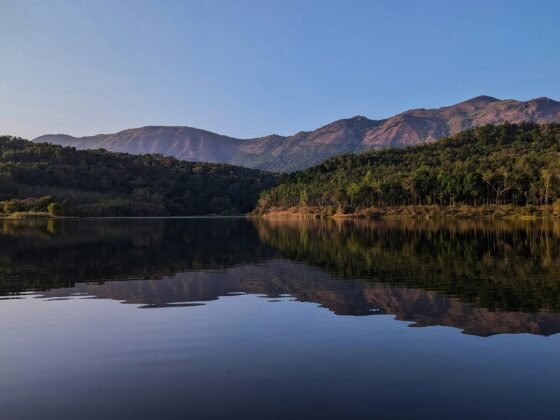The high altitude mountain adventure of the Everest Base Camp Trek and Island Peak Climb will let you experience varying weather conditions. You will traverse diverse climatic zones as you ascend from lower regions to alpine elevations.
Expect warm temperatures during the day which turns into cooler evenings. Likewise, you will experience colder nights as you ascend to higher altitudes. Ultimately, the journey encounters you with a frigid environment as you approach snow capped peaks.
Besides transforming weather and fluctuating temperatures, this journey also takes you through diverse mountainous terrains, from lowland forests to rocky boulders and snowfields. For smooth navigation of your trek and mountain expedition, reliable trekking gear, comfortable footwear, durable clothes, location tracers and many more things are essential.
The combined journey of the Everest Base Camp and Island Peak Climbing is lengthy and requires extensive packing. For these long days of adventure in the varying alpine environmental conditions of the Everest region, it is important to prepare by packing the right gear.
A detailed packing list will ensure the availability and proper arrangement of the trekking and climbing essentials. It will give you a clear picture of the necessary things for the journey. Here is a complete gear guide for the adventurous endeavor of Everest Base Camp with Island Peak Climb.
Trekking Gear
- A high quality spacious backpack
- A rainproof backpack cover
- Waterproof daypack
- Reliable trekking poles
- Headlamp or torchlight with an extra pair of batteries
Climbing Gear
- Climbing boots
- Climbing helmet
- Glacier glasses
- Crampons
- Ascender and descender
- Ice axes
- Harness
- Climbing ropes
Sleeping Gear
- Sleeping bag rated for 0 degrees
- Sleeping pad
- Sleeping bag liner
- A travel pillow
Clothes
Proper layers of clothes will help you adapt to the different climatic conditions of this high altitude journey. These layers include:
- Light weight and moisture wicking base layers
- Insulted mid layers
- Water/windproof outer layers
The base layer is the initial clothes that are worn next to the skin. It keeps your body warm and dry. The insulation layer comes above the base layer, which helps maintain your body heat and protects you from cold. The outer layer is the final layer of the body, which acts as a protective barrier against extreme cold alpine weather. Additionally, it protects you from sun, wind, rain and snow.
Pack the following items to wear in your body for this alpine Himalayan journey.
Headwear
- Sun hat or a brimmed hat
- Wool knit hat/beanie
- Scarf or bandana
- UV protected sunglasses
Handwear
- Liner and insulated gloves for sun protection and warmth
- Waterproof gloves for snowy and rainy conditions
- Mittens for high altitude cold weather
Bodywear
- T shirts (both half and full sleeves)
- Flexible leggings
- Thermal trousers
- Breathable shirts
- Stretch pants
- Insulated jacket
- Fleece trousers
- Woolen tops and bottoms
- Down jacket
- Waterproof jackets and pants
- Raincoats
- Windbreakers
- Multiple sets of underclothes
Footwear
- Sandals and woolen slippers
- Flipflops
- Worn in sturdy trekking boots with good ankle support for blister prevention
- Gaiter to prevent moisture off yout boots
- Light sports shoes for short day treks
- Moisture wicking liner socks
- Thermal socks to ensure your feet stay warm in chilly conditions
Documents
- A visa for entry to Nepal
- Passport with validity of at least six months
- Airline tickets of your international flights
- Travel insurance
- Trekking and climbing permits
- Cash in Nepali rupee
- Passport size photos
- Cash/credit cards
Note: Carry both printed and digital versions of the required documents.
First Aid Kit AND Medications
Your alpine Himalayan adventure can strike with unpredicted accidents and injuries. Similarly, during this long journey in a new environment, there is a chance that you might fall sick. Any emergencies that arise along the way have to be treated immediately. The minor incidents of this mountain journey typically do not need professional medical attention. For this, you have to carry a comprehensive First Aid Kit, which generally includes:
- Bandages
- Adhesive tapes
- Antiseptic cream or gel
- Blister treatment
- Painkillers
- Panadol
- Gastro stop
- Anti inflammatory cream
- Diamox
- Antidiarrheals
- Oral rehydration salts
- Thermometer
- Antibiotics
- Sprain spray
- Cough syrup
- Insect repellent
- Instant cold packs
- Water purification tablets
- Gauze pads
- Eye drops
Toiletries and Hygiene Items
These items will upgrade your comfort and well being, ultimately promoting better health. So, consider carrying,
- Sun protection cream with high SPF (50 +)
- Toothbrush and paste
- Lip balm
- Toilet paper
- Nail cutter
- Small mirror
- Deodorants
- Hand sanitizers
- Dental floss
- Soap and shampoo
- Bath towel
- Conditioners
- Face wipes
- Comb
- Hair ties and clips
- Sanitary pads or menstrual cups
- Moisturizing cream
- Shaving cream and after shaving lotion
- Razor
Electronic Accessories
- Camera
- Power bank
- Binoculars
- Smartphone
- Charging cable
- Portable charger
- Earphones/headphones
Miscellaneous Items
Miscellaneous items are thoughtful additions that help to enhance the enjoyment, safety and convenience of your trekking adventure. They usually include:
- Navigation tools like compass, guidebooks, maps and GPS
- Book
- Diary and pen
- Small locks
- Garbage bags
- Play cards, speakers and other entertainment items
- Refillable water bottle
- High energy snacks and chocolates
Image: Unsplash, Sufail Husein

